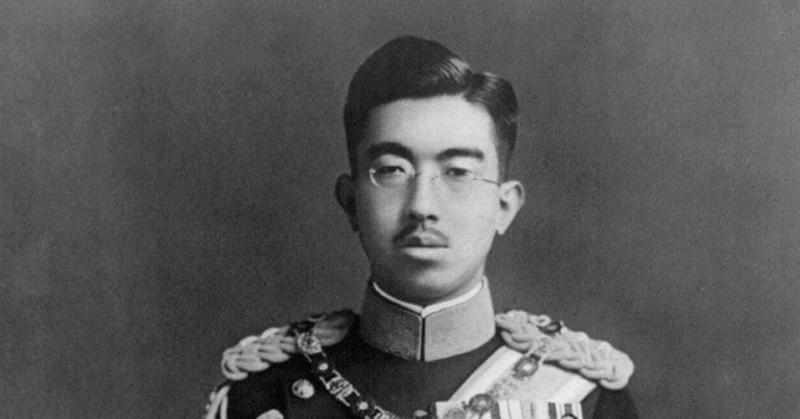Hirohito: Japan's Emperor During World War II (Who Almost Sent Bioweapons To The U.S.)
By | May 4, 2021

Whether you know him as Michinomiya Hirohito or Emperor Shōwa, he was the longest-living and longest-reigning monarch in the history of Japan, with a reign that lasted from 1926 to his death in 1989—long after Japan became a democracy. He wasn't exactly an uncontroversial figure, especially during World War II, but he remains one of the most decorated and important monarchs of the 20th century.
Hirohito's Early Life
As the first son of Crown Prince Yoshihito, the young Michinomiya Hirohito was raised from his birth in 1901 to rule Japan. As a young man, he served in the Japanese Navy, but what he really loved was marine biology. In fact, after World War II, he authored several books on the subject. On Christmas Day 1926, Hirohito ascended the throne following the death of his father.
As exciting as his confirmation was, Hirohito was faced with a crisis almost immediately, forced to contend with Japan's financial tailspin as well as a series of assassination attempts. In 1932 alone, he barely dodged a grenade thrown by a Korean independence activist and squashed a coup that ended with the deaths of multiple government officials.

Hirohito In World War II
By the early '30s, Hirohito led the Japanese military in an invasion of China that he referred to as an "incident" rather than a war so he didn't have to follow international law. That meant he didn't have to take prisoners of war, instead authorizing 375 uses of toxic gas against the country. When Hirohito joined the Axis, he did so specifically because he wanted to continue steamrolling China with zero repercussions. At the time, he spoke about maintaining diplomacy with the United States and Great Britain, but following calls for Japan to remove itself from French Indochina and China in 1941, he swiftly declared war against the United States. Pearl Harbor happened, and for the next few months, the Japanese maintained a strong presence in World War II.
Even as Hirohito increased troop strength throughout '42 and '43, though, his military began to fall by the wayside. Things got so dire in Japan following the atomic bombing of Hiroshima in 1945 that the Japanese military planned to spread smallpox through the U.S. by dropping contaminated balloon bombs over San Diego. If they'd gone through with the plan, they would have killed thousands before anyone realized what had happened, but seeing it as a last-ditch effort, Hirohito and Chief of the Army General Staff Yoshijirō Umezu called it off, citing logistics. It hardly mattered: Japan surrendered on September 2, 1945, weeks before the bombing was scheduled.

Hirohito After The War
Following World War II, Hirohito remained emperor despite numerous demands to try him for war crimes, likely thanks to General MacArthur's insistence that Hirohito was crucial to maintaining stability in post-war Japan. He was forced to reject the concept of the emperor of Japan as a godlike creature, or arahitogami, and with the enactment of the 1947 Constitution, Hirohito was essentially stripped of much of his power, left a monarch in name only.
It turned out to be a pretty good move for Japan. As less a decision maker and more of a diplomat, Hirohito spent the 1970s traveling throughout Europe and United States, where he met with President Nixon in 1971 and President Ford in 1975 to take the first steps toward modern U.S.-Japanese relations and even had his picture taken at Disneyland. While speaking with the press, he thanked the United States for helping to rebuild Japan after the war.
The good times ended abruptly in 1987, when Hirohito's doctors found traces of duodenal cancer during pancreas surgery. He passed away on January 7, 1989 at 87 years old, making him the longest-living and longest-reigning emperor of Japan and one of the longest-reigning rulers of the world. He was buried alongside his father in the Musashi Imperial Graveyard in Hachiōji.

